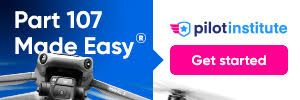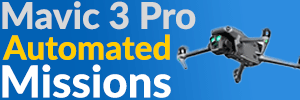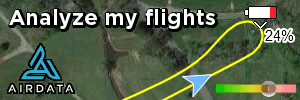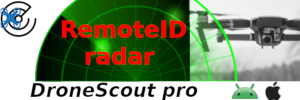To put this in context, I've been a technical writer for 100 years, and I decided that I'm going to put together a formal guide for transitioning to the DJI FPV. I very much wanted a document like this one when I started flying FPV, and not finding one, I made up my own training plan, which worked well.
I had exactly one training accident during my transition to Manual Mode. I managed to kill one of the batteries, but other than that, the damage was minor. I replaced one prop, put in a new battery, and I was back in the air immediately.
I got into a discussion with DJI about the event, and they suggested that I send the drone, with the battery, in for diagnostics, and replace the battery if needed. Since the aircraft was flying, I was reluctant to do that, but when I started to notice what seemed to be a slow response when I "punched out" to go back to Normal mode, I decided it was worth getting that diagnostic done to see if anything else had gotten dinged up in the process.
I got my replacement FPV and new battery back Wednesday. Thursday I finally managed to get all of the components linked up again (a bit of an ordeal), and I did a quick flight in Normal mode as a systems check. Today I've done a couple of Sport Mode Flights, and tomorrow, I'll be making the step back up to Manual Mode.
One of my motivations for writing this is to try to reduce the fear and intimidation factor for people who might be interested in trying out the FPV. To de-mystify the transition process. FPV flying isn't for everyone, but I think more people would buy one and enjoy it, if they could get an idea of what it would take to learn to fly it, before they buy it.
Today I'm requesting input of two different kinds:
1) Suggestions from existing FPV pilots about what worked for them, what didn't, and what they think beginning FPV pilots should know and do.
2) Questions from people who are interested in FPV flying, but haven't flown an FPV yet.
The initial draft is attached. I very much look forward to your comments!

I had exactly one training accident during my transition to Manual Mode. I managed to kill one of the batteries, but other than that, the damage was minor. I replaced one prop, put in a new battery, and I was back in the air immediately.
I got into a discussion with DJI about the event, and they suggested that I send the drone, with the battery, in for diagnostics, and replace the battery if needed. Since the aircraft was flying, I was reluctant to do that, but when I started to notice what seemed to be a slow response when I "punched out" to go back to Normal mode, I decided it was worth getting that diagnostic done to see if anything else had gotten dinged up in the process.
I got my replacement FPV and new battery back Wednesday. Thursday I finally managed to get all of the components linked up again (a bit of an ordeal), and I did a quick flight in Normal mode as a systems check. Today I've done a couple of Sport Mode Flights, and tomorrow, I'll be making the step back up to Manual Mode.
One of my motivations for writing this is to try to reduce the fear and intimidation factor for people who might be interested in trying out the FPV. To de-mystify the transition process. FPV flying isn't for everyone, but I think more people would buy one and enjoy it, if they could get an idea of what it would take to learn to fly it, before they buy it.
Today I'm requesting input of two different kinds:
1) Suggestions from existing FPV pilots about what worked for them, what didn't, and what they think beginning FPV pilots should know and do.
2) Questions from people who are interested in FPV flying, but haven't flown an FPV yet.
The initial draft is attached. I very much look forward to your comments!








